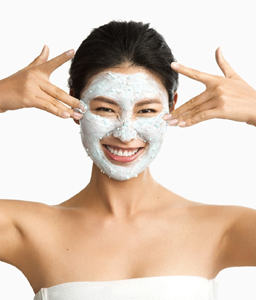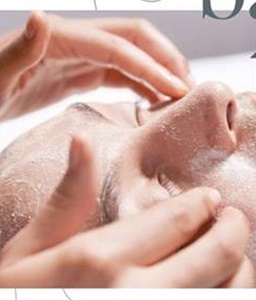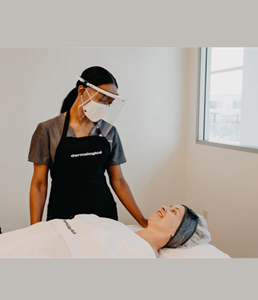
Exfoliation is great for all skin types – if you want to treat acne, pigmentation, dehydration, rough texture – you can exfoliate to help improve the skin condition.
But especially as we age, we begin to lose that natural radiance and resilience because our cell turnover and renewal rates slow down. In younger and middle-aged adults, it takes approximately 20 days for a cell to turn over; in older adults, it often takes more than 30 days. The combination of dull dead skin cells that cling to our skin's surface, along with collagen and elastin degradation and environmental damage, leads to a lackluster complexion — as well as uneven skin tone, fine lines and wrinkles.
Exfoliation and peels are not a new concept to the skin care industry, but Dermalogica’s take on chemical peels and exfoliating the skin in general differs from that of the majority. First and foremost, we believe in preserving the skin health, meaning we don’t push the skin to the point of severe inflammation where the client will develop scar tissue.
Also, we believe that regular resurfacing (exfoliation) is crucial to accelerate cell turnover rate, which not only has an immediate effect but a long-term effect. We also take the approach of more frequent and less invasive peels are better than less frequent but very invasive peels. These combined factors inspired how we developed our exfoliants.
Chemical exfoliation or peels are classified into four categories of depth penetration:
Very superficial peels: Used to treat acne, hyperpigmentation and signs of aging, these peels affect the Stratum Corneum and don’t penetrate beyond the granular level (Stratum Granulosum).
Superficial peels: These peels are used to exfoliate skin from the top epidermal layer (Stratum Corneum) down to the Basal Layer (Stratum Germinativum). They treat signs of aging, acne and hyperpigmentation.
Medium-depth peels: Typically performed by a medical professional, these peels reach the upper layers of the dermis down to the papillary dermis. They treat superficial scars and solar keratoses as well as hyperpigmentation and signs of aging.
Deep peels: Performed only by medical professionals, deep peels remove the papillary dermis and reach the reticular dermis to address severe photoaging, deep wrinkles and scars.
The efficacy of a chemical peel depends on a number of factors. Taking each of these factors into consideration during the treatment process will help to optimize your client’s results.
Photo Credit: Shutterstock







